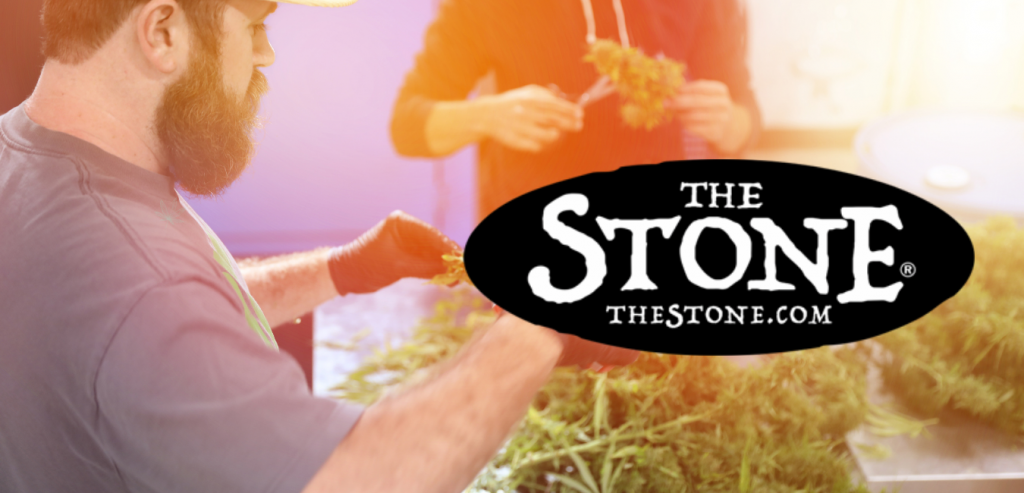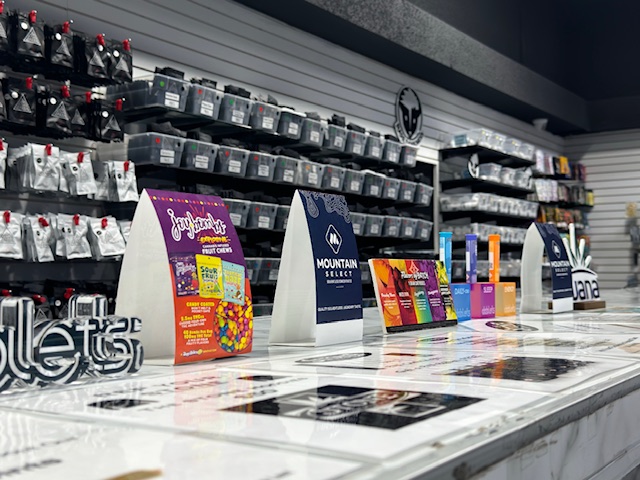
This website is for users aged 21 and over. Please confirm your age.
Hello! This article will explain the best temperature to grow marijuana indoors. We’ll focus on optimum temperatures and how they can affect your plant.
Before growing your cannabis, it’s essential to know that the plant prefers a specific range of temperatures for optimal growth. Deviating too far from this range can hurt your plants’ yields and growth rate. Especially for new growers, you want to do your best to keep your plant within the optimal temperature range. You can find a full range of requirements for growing marijuana indoors in our article, “Growing Cannabis: What are the Requirements?”
As stated above, your plant will grow best between 65°F – 80°F (18°C – 26°C). However, this is just an average. Plants grown indoors can be heated to these temperatures by artificial light bulbs and heaters. Although it’s possible to veer off the optimum range, it can decrease your plant’s growth rate and yields.
In general, it’s best to keep temperature fluctuations as small as possible. The more minor your temperature variations (and the further from your plants’ optimal temperature), the better your yield. If you deviate too long outside of these ranges, your plant will begin to suffer.
You’ll undoubtedly want to check out our article on the best temperature to grow weed outdoors if you grow outdoors!
Your plants should thrive if you keep a constant temperature of around 70°F (21°C). Some species of cannabis can grow outside in colder climates without any problems!
Please note that you should never expose your plant to temperatures below 65°F (18°C). Forcing a plant into a state of dormancy can cause irreparable damage or even kill the plant. If you live in a climate that can get below 65°F (18°C), it’s best to grow a different strain.
Above this temperature, you’ll start seeing decreased growth rates and yields. Your plants can survive high temperatures for a short period, but anything longer than a day can cause damage.
It’s important to note that colder temperatures don’t always coincide with a dimmer light source. You can have a bright light source and still experience cold nights due to the lack of heating from the light source itself. With this in mind, keeping your temperature as constant as possible is best.
If you’ve got a massive 50-light to grow op and want to crank the heat up to 85°F (29°C) for a couple of hours, your yield won’t be affected much. If you’re starting and growing a single plant under a CFL grow light, keeping the temperature as stable as possible is essential.
Remember: if you deviate too far outside the optimal temp range for too long, your plants could suffer greatly. While cold nights won’t affect plants with larger leaves, such as Sativa, Indica plants with smaller leaves are more susceptible to damage.
If you’re looking for some help growing your cannabis plants indoors, I’d recommend checking out this article on the best way to germinate marijuana seeds. If you want to dive right in and start growing weed, consider reading about where I am in my growth journey.

Until next time, happy growing!
For more information on temperature requirements for growing cannabis, check out our article! Incorrect temperatures can lead to poor growth rates and yields, so it’s essential to research what is required beforehand.
Now that you know the best temperature range to grow marijuana inside, you must choose where to put your plants. What is the best place for them?
I’ll explain in detail in my next article! Stay tuned for more updates on how to grow marijuana indoors.
For now, follow us on Facebook and Twitter to stay up to date on our latest articles 🙂
Growing weed indoors is a difficult task. The amount of time put into one plant can rival growing ten plants outside for many growers. The most important thing to remember about increasing weed inside is that you control everything the plant knows about what goes on outside its little pot! With that being said, it is essential to remember that the plant cannot do all its processes on its own. Instead, it needs a little help from you and your garden’s “helper,” the fertilizer.
There are many different types of fertilizers marketed to growers. Some good, some bad… here we will cover what kind is best for growing weed indoors.
What kind of fertilizer should I use for growing weeds indoors?
There are a couple of different types of fertilizers that you can pick up at a garden store. Everyone will tell you they’re the best, but when it comes down to it, there is only one who will do the job well. If a store sells a type of fertilizer that you have never heard of or used before, it’s most likely not going to do what you want. Instead, it will cause nutrient lockouts and burn your plants, causing them to die.
The only fertilizers suitable for growing weeds indoors are ones high in nitrogen and potassium (NPK). When shopping for fertilizers, look closely at the NPK ratio. It should be something like 10-6-10 or 20-20-20. This means ten percent nitrogen, six percent phosphorous, and ten percent potassium, as expected by your plants.
Nitrogen:
Nitrogen is needed in significant quantities by your plants, mostly during vegetative growth and early flowering stages. Nitrogen helps with leaf formation and green vegetation growth. If you’re looking to get big buds and many of them, you should be using at least 30% nitrogen when growing weed indoors under lights.
Potassium:
Potassium shouldn’t be overlooked when growing indoors. A potassium deficiency in the flowering stage leads to tiny buds and low yields. There isn’t a “sweet spot” amount of potassium needed, but you should make sure there’s enough for your plants to grow friendly and healthy, like in 20-20-20 fertilizer.
Phosphorous:
A little Phosphorous goes a long way in the flowering stage. Although phosphorus helps with root development early on, too much of it can cause root burn and stunt your plant’s growth. For this reason, make sure it makes up at most five percent of your NPK ratio when growing weed indoors.
See, there isn’t much to it! Pick up a good NPK fertilizer, and you should be growing lovely plants in no time. You’ll have to adjust your fertilization schedule depending on the size of your container and the medium being used, but don’t worry… we’ll cover that in another article!
If you’re looking to grow huge buds, check out our free Grow Guide today!
We warmly welcome you to explore our highly acclaimed strains, concentrates, and edibles. Serving recreational clients with pride is our passion.
At our dispensary, you'll find a professional yet inviting atmosphere that prioritizes your comfort and privacy. Feel free to stop by at your earliest convenience to experience it for yourself. We can't wait to serve you!


